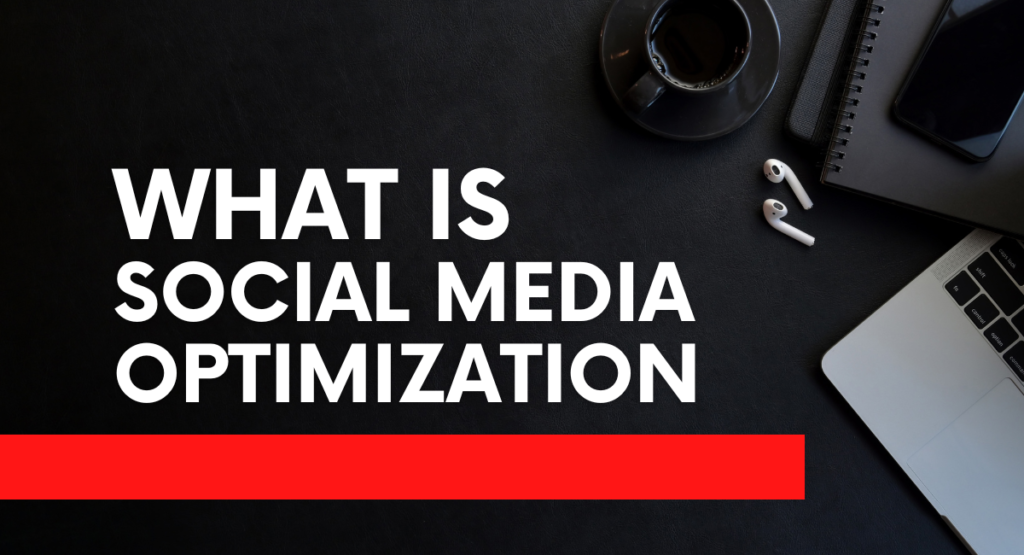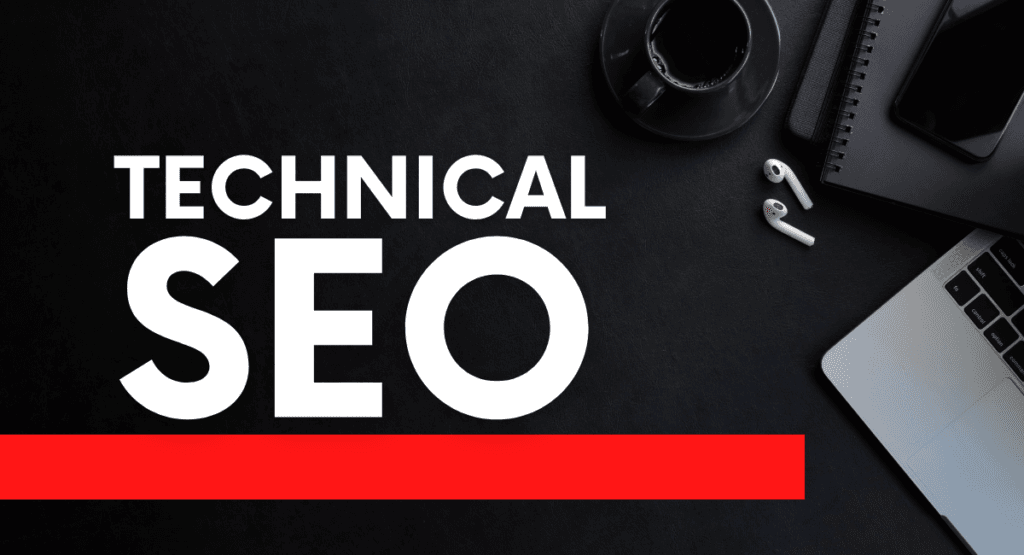Definition of content optimization
Content optimization is the act of fine-tuning and improving digital content so that it is easier for customers and search engines to read and find interesting. To improve the content’s online visibility and efficacy, this procedure includes optimizing keywords, increasing readability, and ensuring that multimedia assets such as photographs and videos are correctly optimized.
Importance of content optimization in digital marketing
Content optimization is critical for digital marketing since it has a direct impact on user engagement, traffic creation, and how well content ranks in search engines. Optimized content is crucial to any successful marketing strategy since it boosts conversion rates, ensures that your message reaches the correct people, and promotes your entire online presence.
In This Blog
This article will address the principles of content optimization, such as keyword utilisation, multimedia optimization, and approaches for improving text readability. We’ll also look at the best strategies, resources, and tactics for getting your content seen by search engines and appealing to the individuals who are most likely to read it.
Understanding Content Optimization
Explanation of content optimization
Content optimisation is the process of improving digital content so that it fits user needs, ranks high in search results, and attracts users. This technique includes optimising content for keywords, metadata, and multimedia to improve its online visibility and effectiveness.
Difference between content optimization and SEO
Search engine optimisation (SEO) is a broader technique that incorporates off-page aspects, backlinks, and technological components to improve a website’s overall performance and exposure, whereas content optimisation focused on adjusting content to meet user and search engine needs.
Goals of content optimization
The primary goals of content optimisation are to improve search engine rankings, increase user engagement, drive targeted traffic, and boost conversion rates. Optimised material must be easily available, relevant, and useful to the audience.
Key Elements of Content Optimization
Keywords and phrases
Keywords are phrases terms that users look up online. Appropriate keyword placement and selection are critical to ensuring that content fits the user’s intended purpose while ranking higher in search engine results.
Metadata
Title tags and meta descriptions are two types of metadata that provide a quick summary of the content to customers and search engines. By adjusting these factors, you can improve click-through rates and search engine rankings.
Header tags
Header tags are used to structure content, making it easier for users and search engines to find. Adequate use of the H1, H2, and H3 tags guarantees that the text is correctly organised and increases readability.
Alt text for images
Alt text describes images for search engines and those with vision impairments. Improved accessibility and more chances for keyword optimisation lead to improved search engine ranks.
Internal and external links
Internal links connect pages on your website, making it easier for users to navigate and aiding in search engine optimisation. External links to trusted websites increase the value and reputation of the content.
Importance of Keyword Research
What is keyword research?
Keyword research is the process of determining the words and phrases people use to search the internet. It makes it easy to understand audience intent and align content with search keywords.
Tools for keyword research
Choosing the right keywords for your content is made simple by using tools like Google Keyword Planner, SEMrush, and Ahrefs, which help you find relevant keywords, estimate their search volume, and analyse the competition.
How to choose the right keywords
When selecting keywords, it is critical to strike the right combination of search volume, relevance, and competition. Consider long-tail keywords and focus on terms that support your content’s objectives and your audience’s goals to receive more targeted traffic.
Importance of keyword placement
To optimise SEO, carefully choose keywords for the material’s headings, body, and title. The judicious use of keywords ensures that the material is both readable and search engine optimised.
Creating High-Quality Content
Characteristics of high-quality content
High-quality material is unique, thoroughly researched, timely, and engaging. It is error-free, understandable, and beneficial to the reader. Content that appeals to the audience increases search rankings.
Importance of originality and relevance
Genuine content shines out in search results and gains credibility among readers. Relevance increases the likelihood of material being shared and linked to by meeting the requirements and expectations of the audience.
Writing for your audience
Understanding your audience’s wants, preferences, and pain points is critical. Provide facts and ideas related to their interests in an appealing style and manner.
Incorporating multimedia elements
Multimedia features like as photographs, movies, and infographics improve the readability and engagement of material. They can help with SEO and improve visual appeal with descriptions and alt text.
Technical Aspects of Content Optimization
Page load speed
Page load speed is crucial for both user experience and search engine optimisation. Slow-loading websites can lead to greater bounce rates and lower ranks, thus optimisation is vital.
Mobile-friendliness
It is critical to ensure that the design is mobile-friendly because the majority of people access material via mobile devices. Because of Google’s mobile-first indexing, this is an important aspect of SEO.
URL structure
Clear and relevant URL structure help both search engines and site visitors interpret the information. Best practices include the use of keywords and avoiding long or complicated URLs.
Using structured data (schema markup)
Schema markup, commonly called structured data, aids in the content’s comprehension by search engines. Rich snippets can be added to search listings to boost visibility and click-through rates.
On-Page SEO Techniques
Optimizing title tags and meta descriptions
Title tags and meta descriptions should be concise, informative, and keyword-rich. These components are necessary to generate clicks from search engine results pages (SERPs).
Using header tags effectively
Header tags should be used to arrange content in a hierarchical order. Proper usage of the H1, H2, and H3 tags improves readability and helps search engines grasp content structure.
Importance of content formatting
Properly formatted material is simpler to read and deal with. Subheadings, bullet points, and brief paragraphs can help to break up the material and improve the user experience.
Best practices for URL optimization
URL optimisation refers to the practice of developing succinct, instructive URLs that include relevant keywords. To improve SEO and user experience, superfluous parameters and special characters should be avoided.
Off-Page Optimization
Building backlinks
Backlinks from credible websites are an essential component of search engine optimisation. They increase search engine ranks and contribute to reputation by exhibiting relevance and dependability.
Social media engagement
Social media platforms are critical for content delivery and user interaction. Sharing content on social media can boost exposure, drive traffic, and generate backlinks.
Guest blogging
Guest blogging on credible websites has two advantages: it increases your readership and builds backlinks. It’s an effective method for building brand awareness and authority.
Online reputation management
To maintain your online reputation, you must monitor and reply to reviews and comments. A positive internet presence increases trustworthiness and improves both search engine rankings and user perception.
Measuring Content Optimization Success
Key performance indicators (KPIs) to track
KPIs like organic traffic, bounce rates, conversion rates, and keyword rankings are vital for measuring content optimization performance. Regularly tracking these indicators helps in assessing performance and making adjustments.
Tools for measuring content performance
Tools for SEMrush, Ahrefs, and Google Analytics are a few examples of tools that offer useful insights into the performance of content. They support data-driven decision-making by tracking traffic, user activity, and SEO analytics.
Analyzing traffic and engagement metrics
Metrics like time on page, bounce rates, and page views may be analysed to learn more about how users engage with your content. Additional optimisation efforts are directed by this analysis.
Continuous improvement through A/B testing
A/B testing is comparing two versions of a piece of content to evaluate which works better. The effectiveness of the information is continuously improved by this iterative process.
Common Content Optimization Mistakes to Avoid
Keyword stuffing
Overuse of keywords in writing can hinder readability and perhaps result in search engine penalties. Keep an eye out for the incorporation of organic keywords.
Duplicate content
Duplicate content might lower your ranks and confuse search engines. To prevent SEO issues, make sure every piece of content is unique and original.
Ignoring mobile users
A poor user experience and lower ranks can arise from neglecting mobile optimisation, since a significant portion of internet traffic originates from mobile devices.
Overlooking the importance of user experience (UX)
A satisfying user experience is essential for both retaining visitors and improving SEO. Ensure that the content you provide is easily navigable, engaging, and accessible.
Future Trends in Content Optimization
Voice search optimization
The importance of optimising material for voice search is growing with the popularity of speech-activated devices. Long-tail keywords and natural language are used in this.
AI and machine learning in content optimization
By automating content generation, enhancing user experiences, and offering insights into user behaviour, artificial intelligence and machine learning are completely changing the field of content optimisation.
Video and visual content optimization
With the increasing popularity of video and graphic material, it is imperative to optimise these formats for search engines. This covers appropriate file optimisation, descriptions, and tagging.
Personalized content experiences
Content can be made more individualised for each user by taking into account their interests, habits, and demographics. Both conversion rates and user engagement are increased by this trend.
Conclusion
Content optimisation, which guarantees that your material is discovered by your target audience and is both interesting and useful to them, is an important aspect of digital marketing. Focussing on critical areas such as keyword research, writing quality content, and technical SEO will help your website’s user experience and search engine rankings. To maintain a competitive and effective content strategy in today’s fast changing digital market, it is critical to consistently assess and respond to emerging trends, such as voice search and artificial intelligence.
FAQ’s
What is the main goal of content optimization?
The primary purpose is to increase content visibility, interactivity, and relevance. It also improves the user experience and search engine rankings.
How does content optimization differ from SEO?
Content optimisation works on enhancing the quality and relevance of content, whereas search engine optimisation (SEO) employs more comprehensive methods to increase website visibility and rankings in search engines.
Why is mobile-friendliness important for content optimization?
Mobile friendliness boosts user engagement and search engine rankings by making material widely accessible and user-friendly across all devices, particularly in the context of mobile-first indexing.
Why is content optimization important?
Content optimisation is vital since it improves search engine rankings, attracts relevant visitors, and meets the needs and expectations of your target market.






